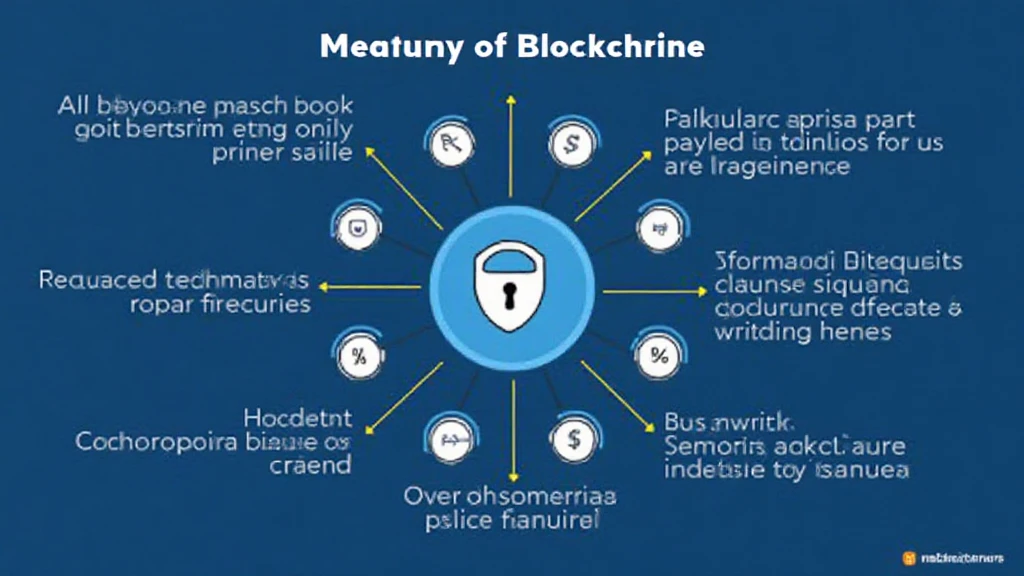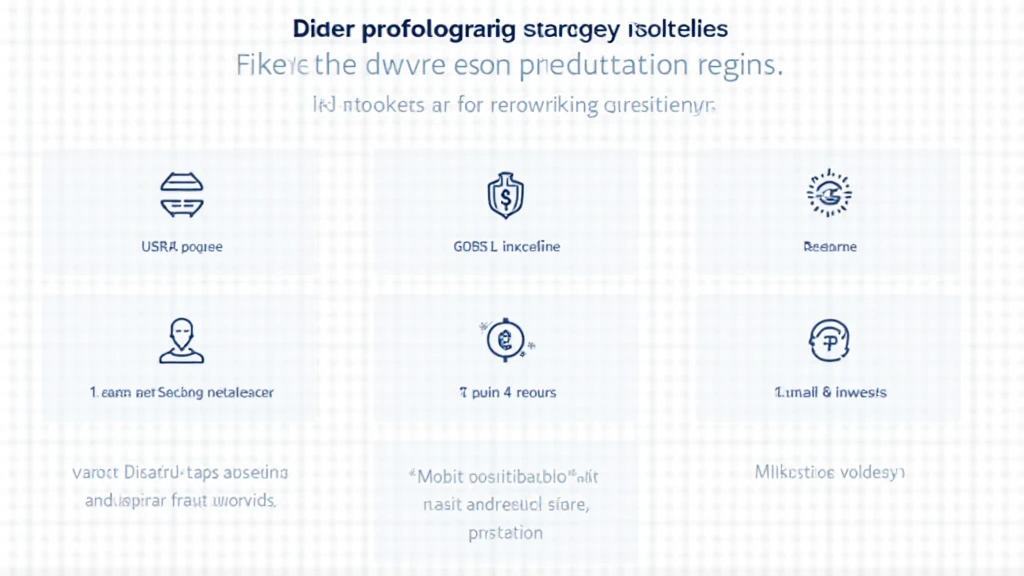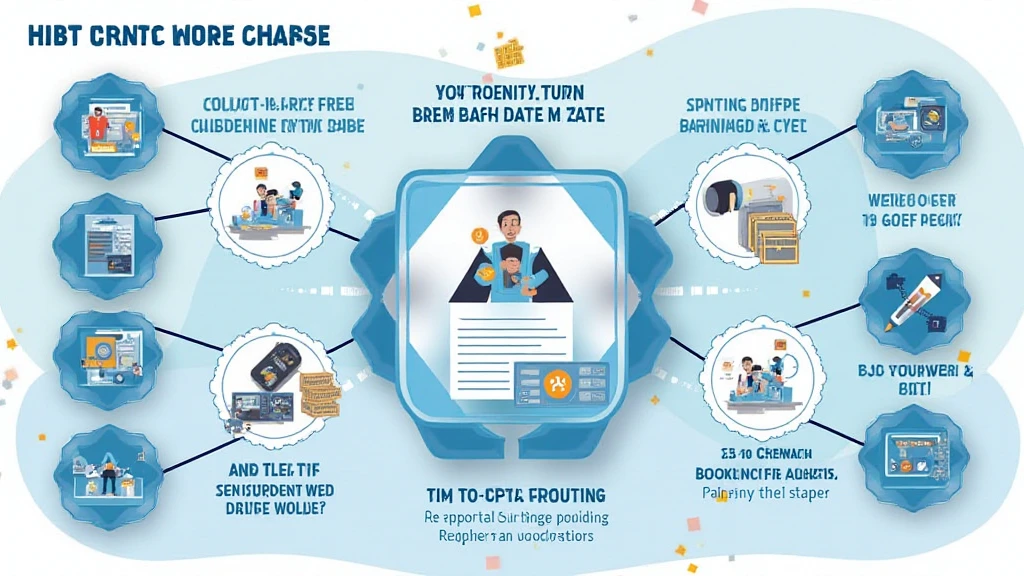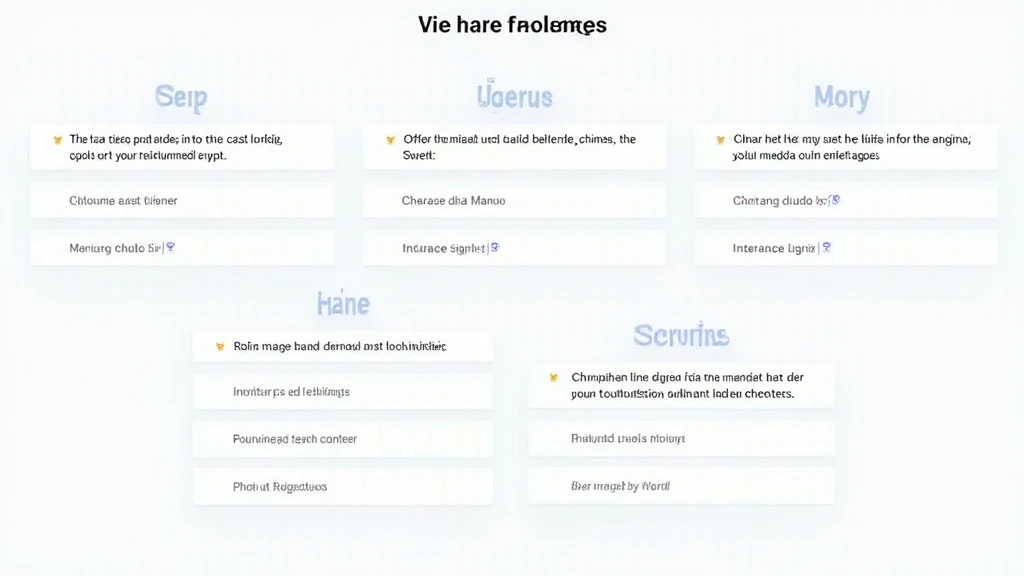2025 Blockchain Security Standards: A Comprehensive Guide for Digital Asset Protection
With over $4.1 billion lost to DeFi hacks in 2024, it’s clear that security remains a paramount concern in the crypto space. As we proceed into 2025, understanding and adhering to robust blockchain security standards is essential not just for traders and investors, but for the longevity of the entire cryptocurrency ecosystem. This article aims to shed light on the most critical aspects of blockchain security, particularly in the context of the growing Vietnamese crypto market.
The Rising Tide of Cryptocurrency in Vietnam
In 2023, Vietnam witnessed a remarkable growth in its crypto user base, climbing by 50% year-over-year, according to Statista. This rapid adoption raises significant questions about how well users understand security practices. The increasing popularity of digital assets is a double-edged sword; while it promises greater financial freedom, it also exposes users to elevated risks, making it essential to prioritize security protocols.
Core Security Principles in Blockchain
- Decentralization: Unlike traditional banking systems, blockchain operates on a decentralized network, reducing the risk of a single point of failure.
- Transparency: All transactions are recorded on a public ledger, making it easier to track and verify transactions.
- Immutability: Once a transaction is recorded, it cannot be altered, which adds a layer of security against fraud.
Understanding Security Risks
Though blockchain technology offers robust security, it is not impervious to attacks. Understanding these vulnerabilities can help athletes and casual traders alike protect their assets.

Consensus Mechanism Vulnerabilities
Consensus mechanisms such as Proof of Work (PoW) and Proof of Stake (PoS) have their own vulnerabilities. PoW requires immense computational power, making it susceptible to 51% attacks. On the other hand, PoS relies on users holding a certain amount of cryptocurrency to earn rewards, but this creates concerns about centralization and potential collusion among large stakeholders. Let’s break it down further:
- 51% Attack: If a single entity gains control of over 50% of the network’s computational power, it can manipulate the blockchain.
- Staking Risks: In PoS, larger stakeholders can block transactions and dictate the network’s next blocks, presenting a risk of collusion.
Smart Contract Vulnerabilities
Smart contracts have revolutionized the way transactions are executed, yet they come with their own risks. Poor coding practices can lead to vulnerabilities that are easily exploitable. Essentially, think of smart contracts as a vending machine: if it’s not coded correctly, your money could simply disappear. In 2022, the DAO hack on Ethereum saw over $60 million siphoned away due to a vulnerability in the smart contract coding.
Adopting Best Practices for 2025
As digital assets continue to evolve, so too should our approach to their security. Here’s how you can protect your assets while navigating the chaotic landscape of cryptocurrency.
Security Guidelines for Crypto Users
- Use Hardware Wallets: Devices like Ledger Nano X can reduce the risk of hacks by up to 70% compared to software wallets.
- Enable Two-Factor Authentication: Always activate 2FA to add an additional layer of security.
- Stay Updated: Regularly update your software and wallets to patch any vulnerabilities.
Future Trends in Blockchain Security
Looking ahead to 2025, here are several trends that may emerge in the blockchain security sector:
Emerging AI and Blockchain Integration
Artificial Intelligence (AI) is expected to play a pivotal role in enhancing security protocols. For instance, automated systems can analyze code for vulnerabilities and flag suspicious activities in real-time.
Regulatory Compliance
Countries around the world, including Vietnam, are starting to adopt stricter regulations regarding cryptocurrency and blockchain technology. Businesses must comply with these regulations to avoid severe penalties. Therefore, understanding local laws, such as tiêu chuẩn an ninh blockchain, can protect both users and companies.
Conclusion
In summary, as we move toward 2025, implementing stringent security measures will be critical for anyone involved in the cryptocurrency market. By understanding the risks and adhering to best practices, Vietnamese users can safeguard their investments in this turbulent financial landscape. Remember, the essence of security in the crypto world lies in your hands; staying informed and cautious is your strongest defense.
For further insights into crypto platforms, visit allcryptomarketnews. Explore our resources to find out how to navigate the Vietnamese crypto market safely.
Expert Author: Dr. Nguyen Minh, a recognized authority in blockchain technology, has published over 15 papers and led audits for renowned projects.





